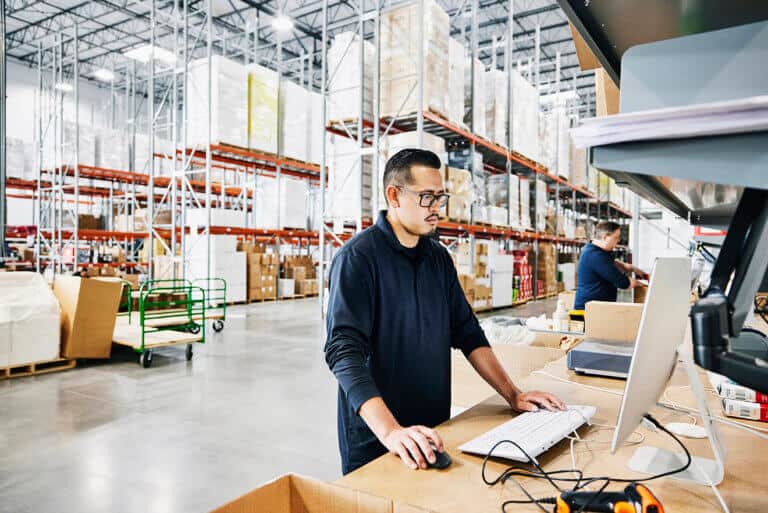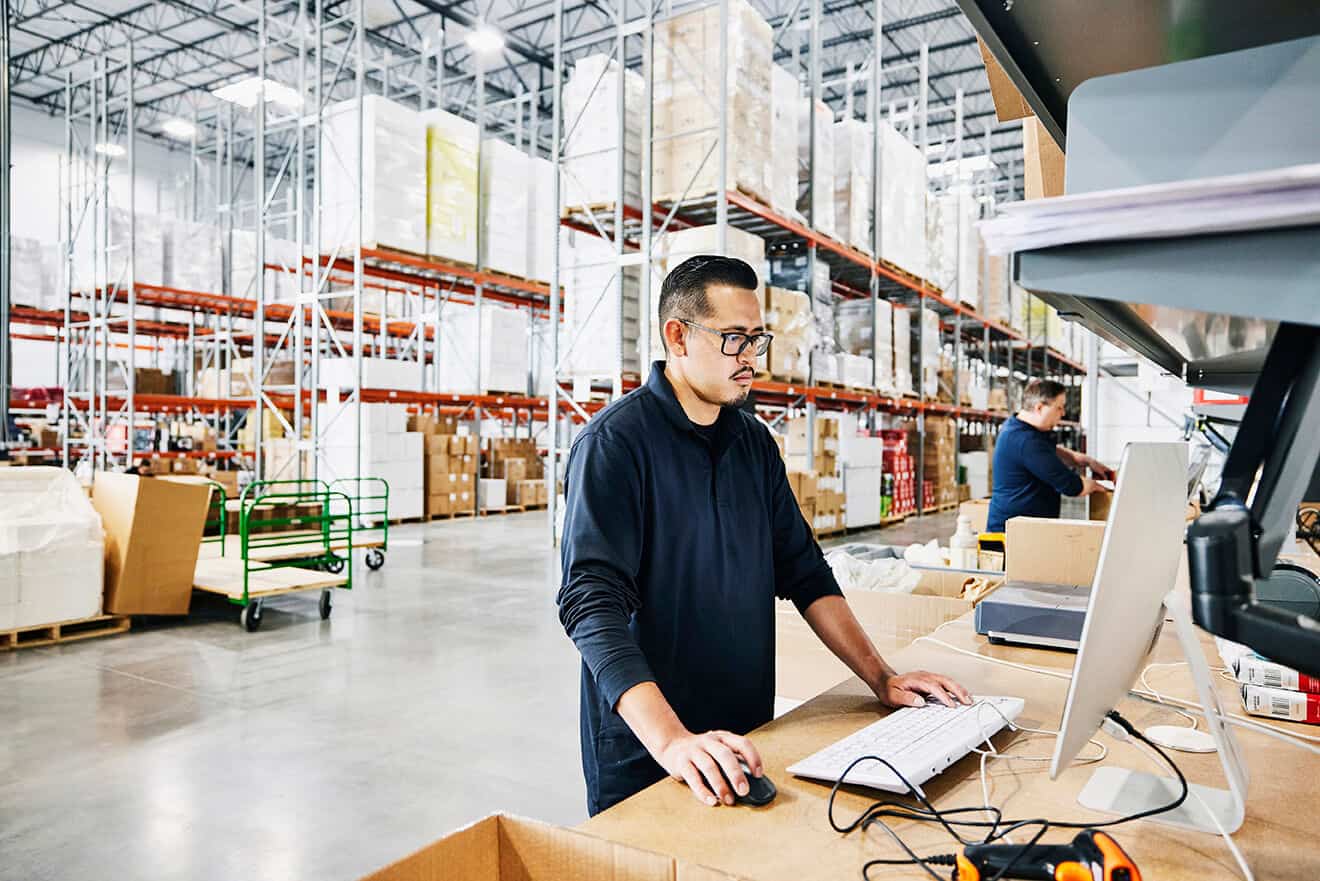
In the pursuit of lowering manufacturing costs, global sourcing and outsourced manufacturing have become prevalent strategies. However, the increased complexity of managing internal and external manufacturers presents significant challenges, particularly in visibility and control. This lack of oversight can negate financial benefits and pose risks, especially in regulated industries like pharmaceuticals and food and beverage. In this blog explore the critical role of connected manufacturing solutions in overcoming these obstacles and enhancing sustainability.
Why visibility in manufacturing is important: recalls and sustainability
When quality issues arise, the disconnected and far-flung nature of third-party manufacturing makes them hard to detect. At the same time, early detection becomes crucial to prevent the snowballing of additional costs and production time spent on more units that share the defect. A brand owner’s ability to quickly determine the root cause at any stage of production, track all affected products, and efficiently conduct a recall is critical. The sooner the issue is detected, the less impact on the brand, cost, and consumer safety.
However, tight quality control in globalized manufacturing also has significant implications for a brand’s sustainability footprint. For example, to truly understand their carbon impact, brands will have to examine how much carbon is emitted along their entire value chain, from sourcing to delivery and then in the use and disposal of their products. It’s important to look at the complete lifecycle, not just the internal operations. Emissions not tied directly to the operation of company facilities and vehicles are known as Scope 3 emissions. The footprint to produce goods and dispose of defective ones falls under Scope 3, and pressure is growing for companies to disclose and reduce their footprint. This can be a daunting task, especially when you don’t have much visibility beyond your four walls.
What is needed to overcome manufacturing challenges?
To address these and other manufacturing challenges, a comprehensive approach is needed. This includes reducing footprint, enhancing manufacturing visibility and control, ensuring quality assurance, and preventing recalls. Let’s dive into the details of each area below:
- Footprint downsizing – Returned goods almost always represent a massive waste—financial and emissions-related. Manufacturers incur return shipping costs, and staffing costs to sort, repair, repackage, and re-sell the merchandise or else dispose of it. In certain industries, returned merchandise is routinely disposed of, resulting in pure waste. Sometimes, however, returns are due to a product recall by manufacturers. One way companies can help their end-to-end carbon emissions is to ensure that returns aren’t due to a quality issue. This means preventing quality issues entirely or detecting them as early as possible in the product lifecycle—well before they’re shipped to consumers. Processes and technology put in place to help detect potential quality issues—whether inherent to the materials, the assembly process, or some other factor—can have a meaningful and even quantifiable impact on carbon emissions. In this way, investing in visibility and control throughout your third-party manufacturing operations is an important aspect of sustainable business.
- Visibility and control – Brands should consider outsourced manufacturing as an extension of their internal processes and work to gain the same visibility and control with contract manufacturers. Therefore, the solutions brands evaluate, or perhaps currently have in place, need to provide visibility and control across the end-to-end manufacturing ecosystems—including internal and external operations—across all production stages and nodes. They also need to be able to receive shop floor and quality metrics from each facility in the ecosystem to proactively identify nonconformances in processes and quickly address issues before they affect other areas of the supply chain. Connected manufacturing solutions enable proactive collaboration with manufacturing partners to ensure all designs and instructions are clear, and by identifying issues early in the production cycle, companies can reduce costs, delays, poor quality, less-than-optimal production, and the overall sustainability footprint per unit. In many ways, manufacturing visibility and collaboration contribute to a more profitable and efficient business for brand owners by extending control to internal and contracted manufacturing in lockstep.
- Risk and quality – Brand owners need to be able to continuously monitor production quality and be alerted when quality issues arise. It is essential for customer service and manufacturing operations teams to be able to trace and control inventory by lot or batch across all production and quickly understand the cause of potential defects to pinpoint which goods are affected. This requires a connected platform and AI-driven solutions that bring together enterprise resource planning (ERP), production, quality, and other related data from all disparate systems. The supporting technology should be able to proactively identify when quality issues arise, or recalls are required by analyzing the entire production process—internal and external—to determine the root cause, track any affected products, and lay the groundwork for efficient, precise recalls that minimize risk and waste.
- Manage recalls – Although brand owners maintain strict quality standards, the continued rise in outsourcing and the variability of raw materials has led to an increasing number of defective goods. In certain industries, recalls for faulty goods are required and carefully regulated. Companies must be able to rapidly identify the affected products, remove them from the supply chain, and issue replacement goods. These activities come at an enormous cost, especially if the company cannot identify which goods are defective and are forced to recall and replace goods that aren’t affected. It’s important for brands to track the route to market for specific lots and batches—and even serialized components and finished goods—using commonality analysis to pinpoint the affected products. Equally valuable is the ability to use highly flexible and configurable data models to simulate multiple recall scenarios and identify the most efficient one. This can make recalls surgically precise and far less carbon-intensive to conduct. Conducting recalls in this way, however, requires end-to-end visibility across channel, logistics, global trade, and supply ecosystems, plus the ability to orchestrate remedial actions across multiple cross-functional and cross-enterprise areas.
How a connected manufacturing platform can help
New technology is required to support this strategy. In particular, a single platform that connects all internal and external manufacturing processes and systems and provides the decision-grade data required for optimal production, less risk, and recall prevention. It also takes integrated, artificial-intelligence-driven applications to orchestrate it all from start to finish and help monitor the results.
E2open brings all the pieces together on a connected manufacturing platform. With broad and deep capabilities that grow with you as your business needs mature, your manufacturing becomes a strategic advantage and can enable you to sustainably meet today’s requirements while equipping the entire organization for future success.
Learn how e2open can help support your connected transformation: https://www.e2open.com/supply/







